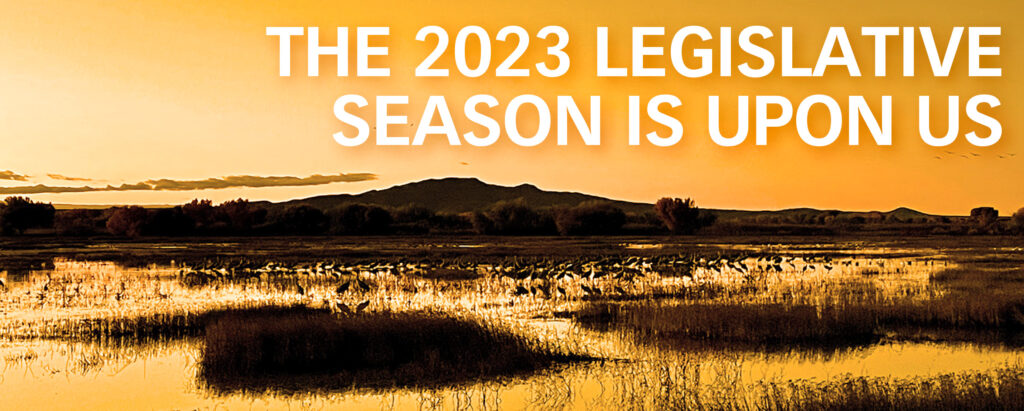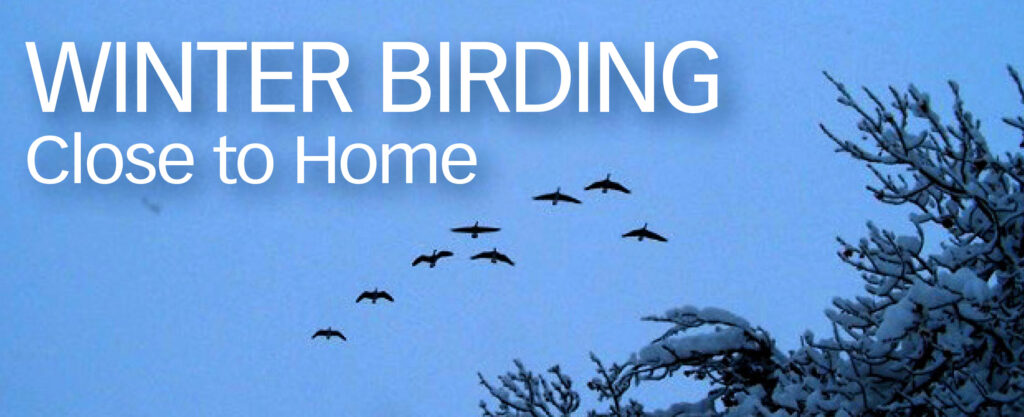
New Mexico’s 2023 legislative session has started! Since most readers of the Mid Rio Grand Times are dependent on the health and future of the Rio Grande watershed, we want to bring your attention to certain bills and committees. To get started, we have to know who our Senators and Representatives are and which committees they are on, as they are more inclined to listen to constituents. NMLegis.gov has a menu bar at the top of the page where you can look up your legislators. Go to ‘Legislators,’ then ‘Find my legislator,’ and ‘Search by name or district.’ When the photos pop up, scroll down to find your district’s legislator. On each legislator’s page, you will find their e-mail and office room number. To find out about the content, analysis. and location of a specific bill, go to ‘Legislation’ and work through that series of prompts to find out which committees it will go to. It helps to know the bill number. This all takes time and you will likely go down some blind alleys, but trust us, eventually it can be figured out.
There are some comprehensive bills relating to water which have been introduced and need support. The 350.org nm website is updated daily and has the latest committee bill assignments. When contacting a representative or senator, always put the bill number in the subject line of the e-mail as they tend to bring up bills by number in committee meetings and floor sessions. They will then see all the comments that have been sent to them regarding that bill. Here are some water bills which need support: (abbreviations for the most likely committee to which they will be assigned are: SCONC = Senate Conservation; SJC = Senate Judiciary; SRC = Senate Rules; SFC = Senate Finance; HAFC = House Appropriations and Finance, HENRC = House Energy, Environment & Natural Resources.)

SB 1 Regional Water System – This bill would allow smaller communities to merge and form a larger water system which can share expertise in management and maintenance. Now in SJC
SB 57 Water Trust Fund – This bill would allocate 250 million dollars to expand a permanent, sustainable fund for grants and loans to water projects statewide. Now in SFC.
SB 58 Interstate Stream Commission Membership – This bill proposes an eight member commission and includes qualifications for those members and the entities from which they would be chosen, i.e., municipalities, acequias, tribal lands, irrigation districts, and research groups. Now in SCONC
SB 195 Water Protection Permanent Fund – This would establish an annual appropriation of $150 million to hire employees to plan, design, construct, repair, and improve reservoirs, diversions, and dams statewide. Now in SFC
HB 42, (SB 5 is the companion bill) is on climate resiliency and funds the Department of Health to respond to health threats related to climate change such as floods, pandemics, and heat waves.
The Climate Solutions bill, which maybe will be called the Water Security Planning Act, is still in drafting. This bill will present actions recommended in New Mexico’s 50 Year Water Plan/Leap Ahead Analysis and by working groups comprised of water experts. The process has been overseen by the Office of the State Engineer. This is a critical bill which would develop umbrella policies that are needed for cohesive planning.
After these Senate bills clear committees and are passed off the Senate floor, they go to the House. One would assume that most will be assigned to House Energy and Natural Resources Committee (HENRC) to start.
Water Action Day at the Roundhouse is February 9th. There will be many exhibits in the rotunda and a chance to speak with your legislators or at least leave them a note.




